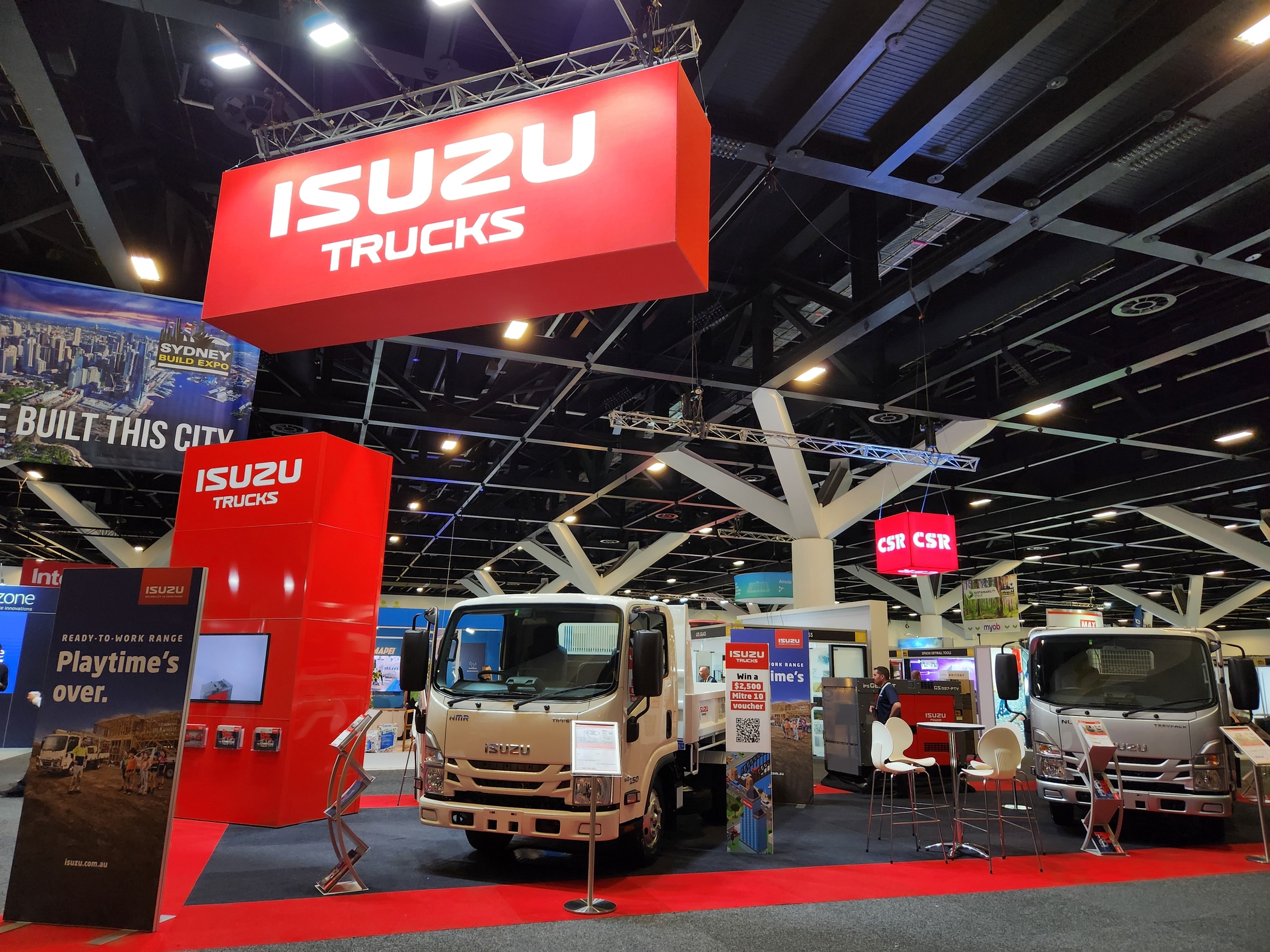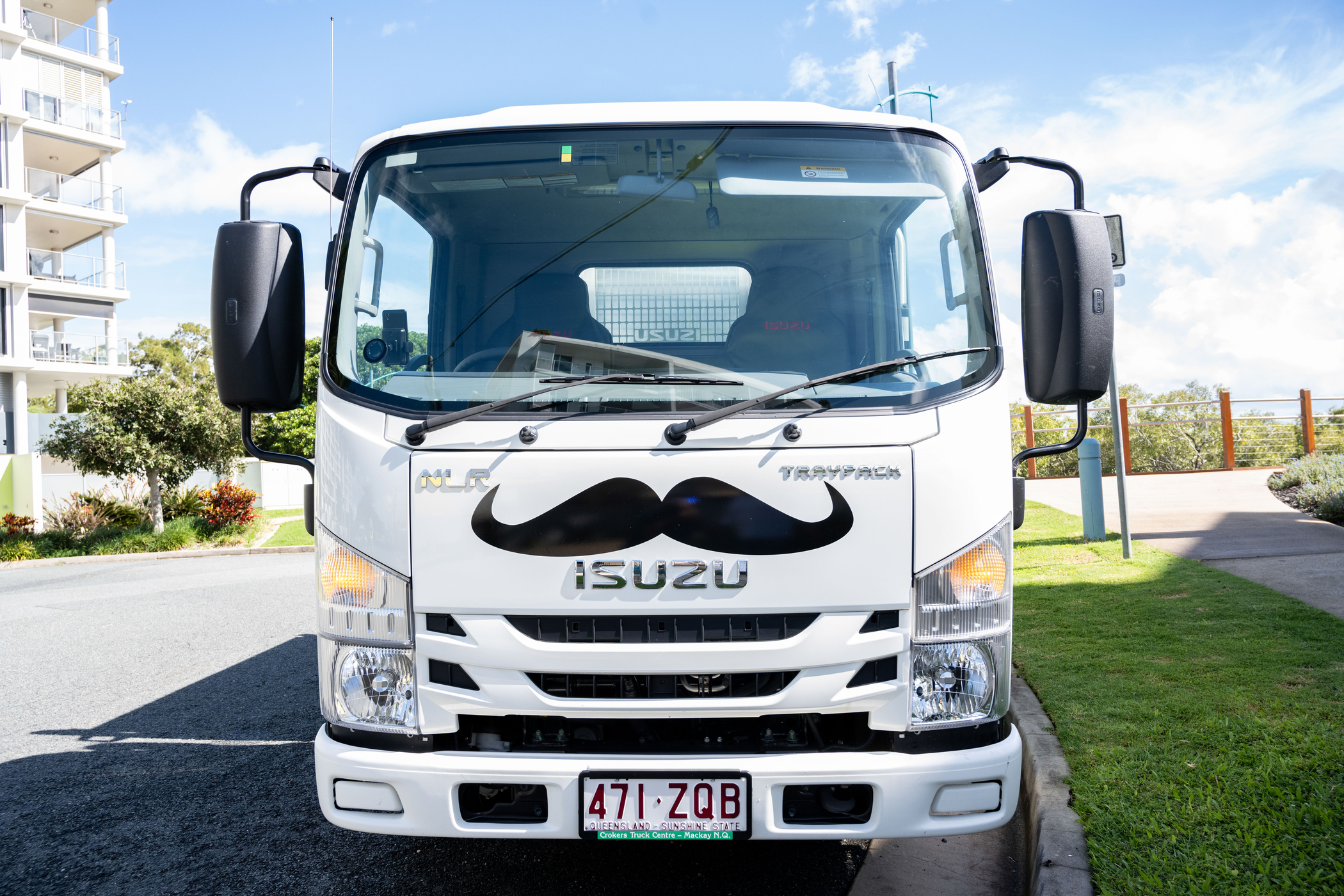PART 2: WHAT'S NEXT? THE RISE AND RISE OF AUTONOMOUS TECHNOLOGY

 Stephen Hawking once told the BBC that development of full artificial intelligence (AI) could spell the end of the human race. And if you’re a sci-fi nut familiar with the 80s blockbusters Terminator and Blade Runner you’ll be more than aware of how things can turn out when technology literally has a mind of its own (check out Part 1 for more). But what does Arnie in his infamous assassin-robot guise have to do with trucks? Well, the same technology capable of creating killer robots and self-aware weapons is the very same ‘autonomous technology’ underpinning the recent developments we’ve seen in self-driving trucks and platooning trials. But does the road transport industry have anything nearly as serious to worry about? Or will the benefits of autonomous vehicles outweigh any of the bad? We look at the latest developments and see what lies ahead.
Stephen Hawking once told the BBC that development of full artificial intelligence (AI) could spell the end of the human race. And if you’re a sci-fi nut familiar with the 80s blockbusters Terminator and Blade Runner you’ll be more than aware of how things can turn out when technology literally has a mind of its own (check out Part 1 for more). But what does Arnie in his infamous assassin-robot guise have to do with trucks? Well, the same technology capable of creating killer robots and self-aware weapons is the very same ‘autonomous technology’ underpinning the recent developments we’ve seen in self-driving trucks and platooning trials. But does the road transport industry have anything nearly as serious to worry about? Or will the benefits of autonomous vehicles outweigh any of the bad? We look at the latest developments and see what lies ahead.
Robots on the road
Late last year we published The Irrational Fear: Driverless trucks in 2015, outlining driverless truck fleets that are already a reality in Rio Tinto’s Yandicoogina and Nammuldi mining pits in Western Australia’s Pilbara. Rio’s 22 trucks are managed remotely with workers controlling the most of action from an operations centre in Perth, some 1,200 kilometres way.
What if?
It’s these developments that make autonomous, or at the very least semi-autonomous, trucks seem all the more inevitable and imminent, which in turn throws up some curly questions. What happens if an autonomous truck is faced with a drunk-driver driving the wrong way on the highway, what decision is reached? Can the driverless truck swerve and save a life? These life and death situations can and do happen, and who will be held responsible if something goes drastically wrong? The first ‘platoons’ of semi-autonomous trucks participated in a cross-border journey from several European cities in April 2016, heralding a massive change in the way we view freight delivery in the future. A platoon consists of two or three driverless trucks following each other at a pre-set distance by using connectivity technology and automated driving systems. If the lead truck encounters the need to slow down or brake, all the trucks in the platoon respond at once. However, even in this ground-breaking trial, a driver was still on hand in the first truck, to take over if anything were to go wrong. Platoons have been hailed for their safety as technology cannot get distracted, angry or fatigued, and, as National Truck Accident Research Centre estimates suggest, fatigue is a factor in up to 30 per cent of fatal crashes and 15 per cent of serious injury crashes on Australia’s roads, this could be a welcome development.
American trials
Transport manufacturers have started using the technology in America after a mammoth 16,000 hours of testing, and claim to have found that drivers piloting autonomous trucks were 25 per cent less drowsy on average than drivers behind the wheel of conventional trucks. Less drowsy drivers potentially equates to fewer crashes on the road. Along with safety, lower fuel costs are another benefit of autonomous truck platoons, as the close-distance between the vehicles reduces drag. Participants in the European platooning trial estimated fuel savings of up to 10 per cent.
The benefits
Along with fuel savings, Steve Nuttall, Account Director for Australia's ACA research, suggests autonomous trucks could provide the following, immediate benefits…
- Improved safety
- Lower overall fleet running costs
- Enhanced driver productivity
- Lower compliance costs
- Lower repair costs
- Improved customer service
- Lower staff expenses
The benefits might seem obvious but a raft of practical issues are posed by taking humans out of the equation. With research showing the majority of Australian freight being delivered within the state of origin, co-ordinating a real person at the other end to unload the goods is still going to be a given. And for shorter journeys within the state,will it ever be worth taking a driver - who can serve as a labourer at the point of delivery - out of the mix? Not to mention the troubleshooting that is par for the course for truck drivers - changing flat tyres, dealing with minor maintenance issues, responding to hazardous road and weather conditions, and having the flexibility to respond to ad-hoc requests that can enable a business to provide that extra level of customer service on the day.
What’s next?
The fact remains many of us wouldn’t get on a plane without a human pilot at the pointy end. So would we ever allow trucks on our roads without a living, breathing driver at the wheel? The answer to that question simply isn’t clear yet. ACA Research suggests the future of the Australian road landscape could look something like this… 2017: Volvo sells driverless car 2018: Nissan to start selling driverless cars 2019-20: Tests to offer full autopilot capability 2020: GM, Mercedes, Audi, Nissan, BMW and Renault to release semi-autonomous vehicle. Volvo to sell ‘crash-free’ car 2025: Daimler, GM and Ford expect to release self-driving models 2026-2035: Several sources predict autonomous cars will be standard issue 2035: Most cars will operate independent from human control 2040: The international Institute of Electrical and Electronics Engineers (IEEE) estimates that up to 75 per cent of all vehicles will be autonomous The evidence strongly suggests autonomous vehicles will be an inevitable feature of road transport in the future, this much we know to be true. Exactly what shape it takes, is of course anyone’s guess. It’s important not to overestimate the short-term change either. Whilst there are some breathtaking AI advancements in military circles for example, their immediate or even long-term application in the civilian world is simply not feasible. Similarly, it’s hazardous to underestimate long-term change too. Having the ability to adapt to change is critical.


Playtime’s over, get $3,500* to spend on extras.
If you’re ready to get serious about tackling bigger jobs, grab yourself an NLR 45-150 AMT SWB Traypack from the Ready-to-Work range for $62,990 drive away*. And to prove we aren’t playing, buy any NLR Traypack before June 30 and you’ll get $3,500* to spend on genuine accessories or an Essentials service agreement.
Learn more



